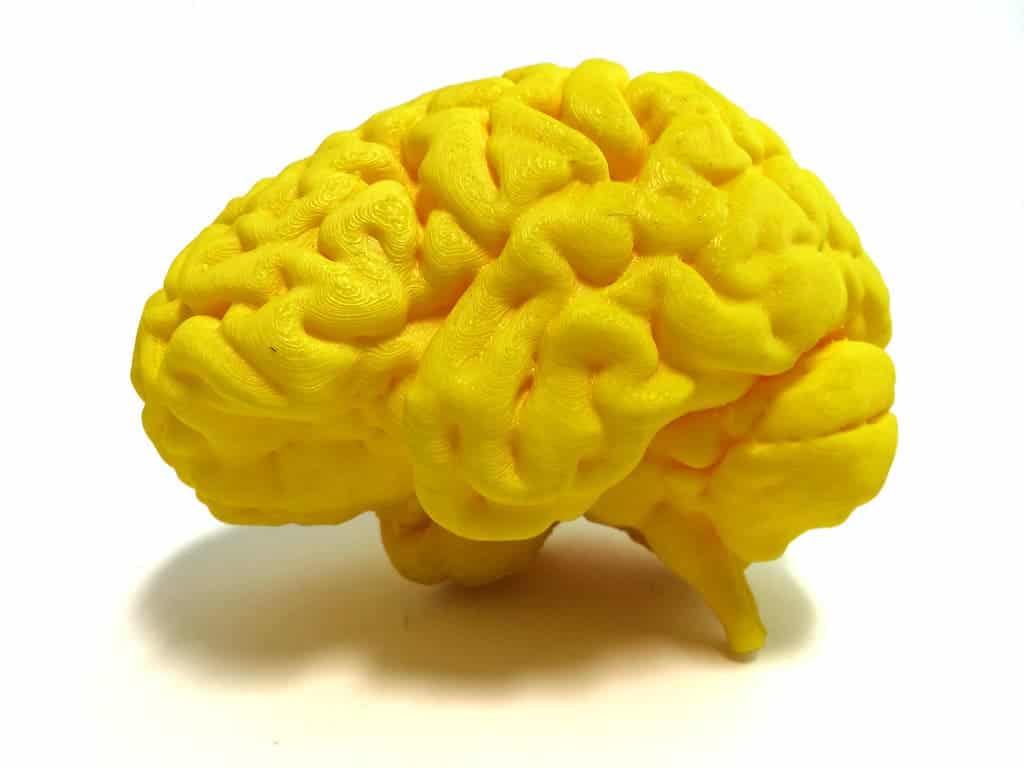A new study from the University College London (UCL) worryingly reports that COVID-19 can lead to complications such as delirium, brain inflammation, stroke, or nerve damage.

Image credits Flickr / NIH Image Gallery.
The study identified one rare but sometimes fatal inflammatory condition known as acute disseminated encephalomyelitis (ADEM) which has been increasing in prevalence during the epidemic. While ADEM itself is quite rare and usually seen in children, the team found a high prevalence of this condition among COVID-19 patients suffering from neurological symptoms.
Not good for the brain
“We should be vigilant and look out for these complications in people who have had COVID-19. Whether we will see an epidemic on a large scale of brain damage linked to the pandemic—perhaps similar to the encephalitis lethargica outbreak in the 1920s and 1930s after the 1918 influenza pandemic—remains to be seen” says joint senior author Dr. Michael Zandi from the UCL Queen Square Institute of Neurology.
The team analyzed the cases of 43 people (aged 16-85) being treated at the National Hospital for Neurology and Neurosurgery, UCLH, who were confirmed with COVID-19. ADEM, they explain, has a surprisingly-high prevalence among this group.
Some patients didn’t experience any severe respiratory symptoms, with their neurological disturbances being the first main indications of COVID-19. The team identified 10 cases of transient encephalopathies (temporary brain dysfunction) with delirium, 12 cases of brain inflammation, 8 cases of stroke, and 8 patients with nerve damage, mainly Guillain-Barré syndrome.
Some patients in the study did not experience severe respiratory symptoms, and the neurological disorder was the first and main presentation of COVID-19.
The authors describe this as a “higher than expected number of people with neurological conditions” and explain that these did not always correlate with the intensity of their respiratory symptoms.
Out of the 12 cases of brain inflammation, 9 were diagnosed with ADEM. Typically, the team says one adult patient with ADEM will come in every month, but this has increased in frequency to at least one per week since the start of the pandemic.
How it does this is still unclear

Image via Wikimedia.
SARS-CoV-2 was not detected in samples of cerebrospinal fluid from any of the patients, however. This suggests that the virus isn’t directly responsible for the neurological symptoms (i.e. it doesn’t attack brain tissue itself). However, that also means we’re not sure, for now, exactly why these symptoms appear — more research is needed to find out. Preliminary data suggests that at least some patients are experiencing these symptoms due to their own immune response to the disease.
“Given that the disease has only been around for a matter of months, we might not yet know what long-term damage Covid-19 can cause,” says joint-first author Dr. Ross Paterson from the UCL Queen Square Institute of Neurology.
“Doctors need to be aware of possible neurological effects, as early diagnosis can improve patient outcomes. People recovering from the virus should seek professional health advice if they experience neurological symptoms.”
The findings align well with previous work into the neurological symptoms of SARS-CoV-2. And while the ever-growing list of symptoms this virus seems to cause is definitely worrying, the more we know about what it does the better we can fight those symptoms.
If these neurological effects are indeed caused by our own immune systems, immunosuppressants could be used to eliminate them entirely (along with a host of the virus’ damaging effects). For now, we need to better understand how these neurological symptoms arise, and how to safely combat them — and studies such as this one show us where to start.
The paper “The emerging spectrum of COVID-19 neurology: clinical, radiological and laboratory findings” has been published in the journal Brain.









